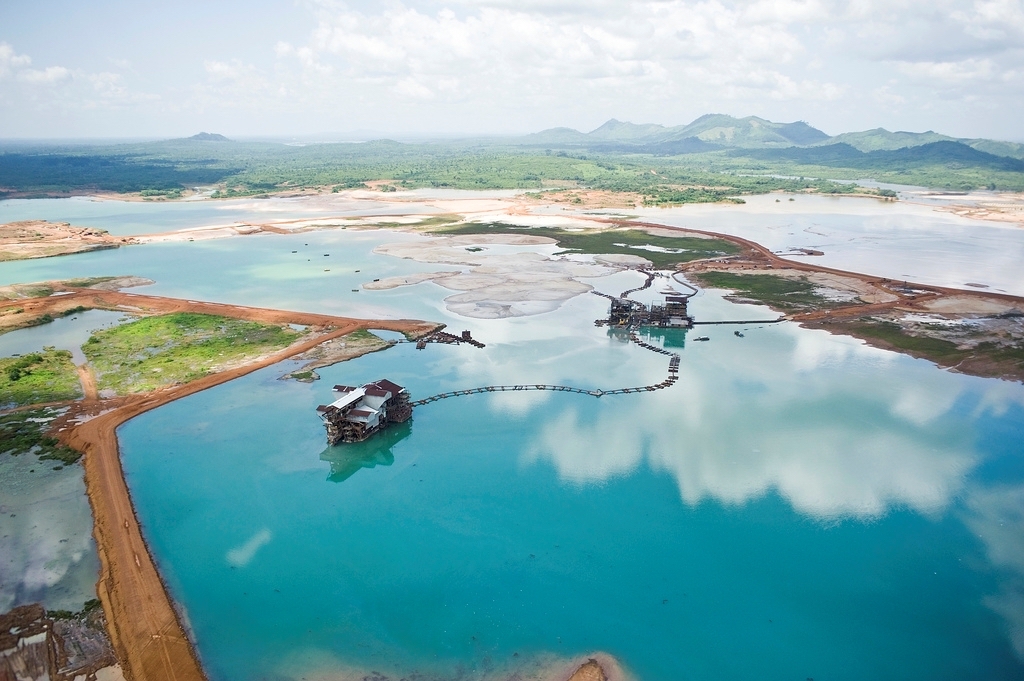Institutional and Legal System
Adapting the institutional and legal system to incorporate environmental factors in the preparedness level

Adapting the institutional and legal system to incorporate environmental factors in the preparedness level
Policies supported by institutional frameworks and legal arrangements make up the disaster risk management framework. In order to systematically integrate environmental concerns in humanitarian action, one must consider the institutional arrangements governing disaster preparedness, response, recovery and emergency funding. Governmental and non-governmental environmental actors should be part of the disaster risk management framework at various levels.
The legislative framework establishes the basic guidelines for disaster management, within which humanitarian relief is provided. This framework should ideally assign roles to the Ministry of Environment and/or local environmental NGOs to facilitate their formal participation in disaster preparedness, response and recovery. The legislative framework should also establish mechanisms of compliance with environmental regulations and standards. This could include mandatory environmental impact assessments, compliance with norms and guidelines, or the protection of green infrastructure1 – aimed at ensuring minimum standards are followed and that negative environmental impacts are lessened.
National policy documents and legal acts will also specify the rules and procedures for receiving external assistance (see the 2017 Environmental Emergencies Guidelines).
Understanding the current and potential future environmental conditions of a region is essential for an efficient and sustainable response
Risk analysis provides a common understanding and prioritization of risks, and should include existing environmental conditions and threats
Addressing environment as part of preparedness planning lays the foundation for its integration into humanitarian action.
Communicating risks effectively to populations and communities is essential for people to be able to be better prepared and to reduce the damaging impacts of hazards.
An understanding of evolving risks is fundamental to a timely and effective response. The analysis of disaster risks informs the planning of a response, while monitoring ensures that the process is responsive to changing contexts




